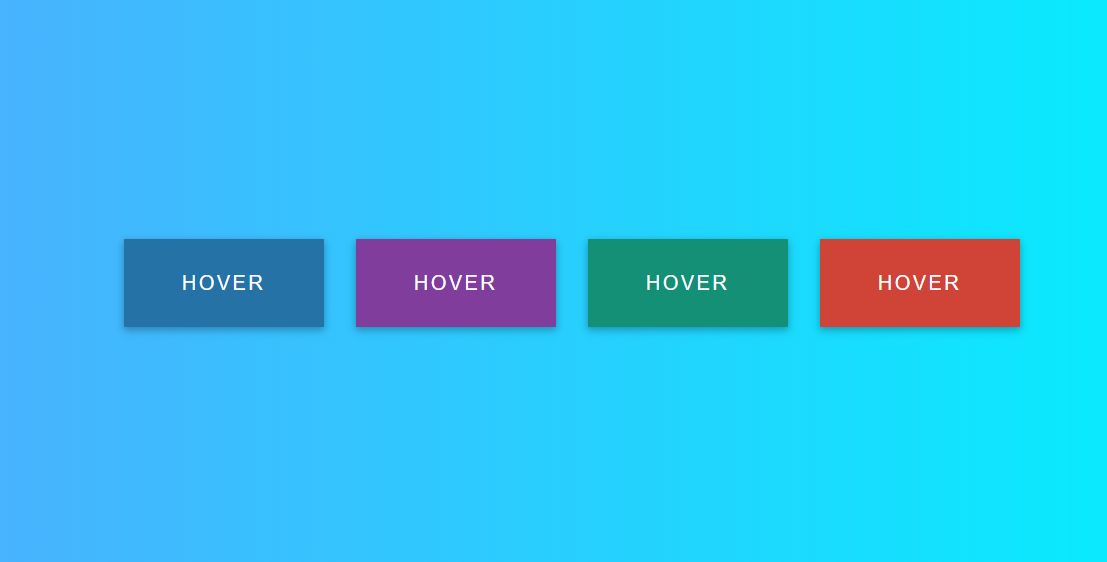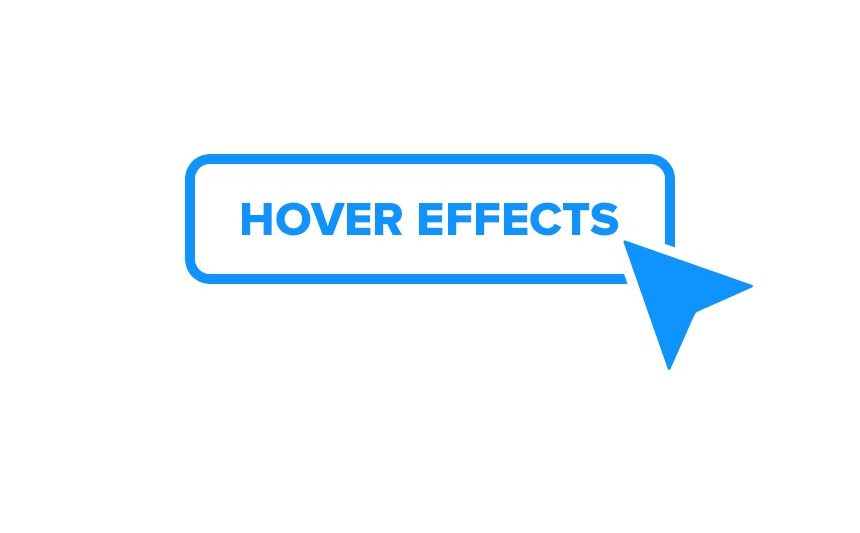In the dynamic world of web design, user engagement is key, and CSS hover effects are a powerful tool to achieve it. One particularly enchanting aspect is the ability to seamlessly transition colors when users hover over elements. Whether it’s buttons, links, or images, these hover effects add a layer of interactivity, capturing attention and providing visual feedback. In this article, we’ll explore the art of crafting captivating color transitions with CSS hover effects and how they can elevate the user experience.
Understanding CSS Hover
At the core of color transitions on hover is the CSS :hover pseudo-class. This selector allows developers to define styles that should be applied when a user hovers over an element. By leveraging this pseudo-class, you can initiate color changes and other visual transformations, creating a responsive and engaging interface.

Basic Color Changes on Hover
Start by implementing basic color changes on hover. Whether it’s a text link or a button, a simple alteration of color can draw attention. Use the color property to change text color and the background-color property for background elements. Experiment with contrasting or complementary color schemes to make the hover effect visually striking.
Smooth Color Transitions with Transition Property
To add a touch of elegance to your hover effects, introduce smooth transitions using the transition property. By defining transition duration and easing functions, you ensure that color changes occur gradually, providing a polished and visually appealing user experience. This subtle animation enhances the overall aesthetics of your website.
Incorporating RGBA and HSLA Colors
Take your color transitions to the next level by incorporating RGBA (Red, Green, Blue, Alpha) and HSLA (Hue, Saturation, Lightness, Alpha) color values. The alpha channel allows you to control the opacity of the color, creating semi-transparent effects during hover. This can be particularly effective for overlays and subtle color shifts.
Creating Gradient Transitions
Elevate your hover effects by transitioning between gradients. Use the background property with a gradient value and smoothly shift between gradient combinations on hover. This technique is especially impactful for backgrounds and can be employed on various elements, from buttons to entire sections of your webpage.
Adding Box Shadow and Border Transitions
Extend your hover effects beyond color changes by incorporating transitions on box shadows and borders. Apply subtle shadow shifts or border adjustments during hover to create depth and dimension. These additional transitions enhance the overall visual appeal, making elements feel responsive and tactile.
Experimenting with Blend Modes
For a more avant-garde approach, experiment with CSS blend modes. By transitioning between different blend modes on hover, you can achieve mesmerizing color effects. This technique is particularly effective for image overlays and can add a touch of creativity to your design.
Interactive Image Hover Effects
Bring images to life with interactive hover effects. Apply color transitions to overlays or captions, enhancing the user’s interaction with visual content. This technique is widely used for portfolios, galleries, and e-commerce websites to create a more immersive and engaging browsing experience.
Applying Hover Effects to Navigation Menus
Navigation menus are prime real estate for hover effects. Apply color transitions to menu items, highlighting the active link or creating a subtle animation when users hover over menu options. This not only improves navigation clarity but also adds a polished touch to your website’s user interface.
Testing and Refining
Once you’ve implemented your hover effects, it’s crucial to test them across different browsers and devices to ensure a consistent and delightful user experience. Pay attention to performance considerations and refine your code as needed. User feedback can also be valuable in fine-tuning the effectiveness of your color transitions.
Conclusion
CSS hover effects with color transitions are a versatile and impactful tool in a web designer’s toolkit. By mastering the art of creating smooth, engaging color changes on hover, you can enhance the visual appeal and interactivity of your website. Experiment, unleash creativity, and leverage these techniques to captivate your audience, turning mundane interactions into memorable and delightful experiences.

